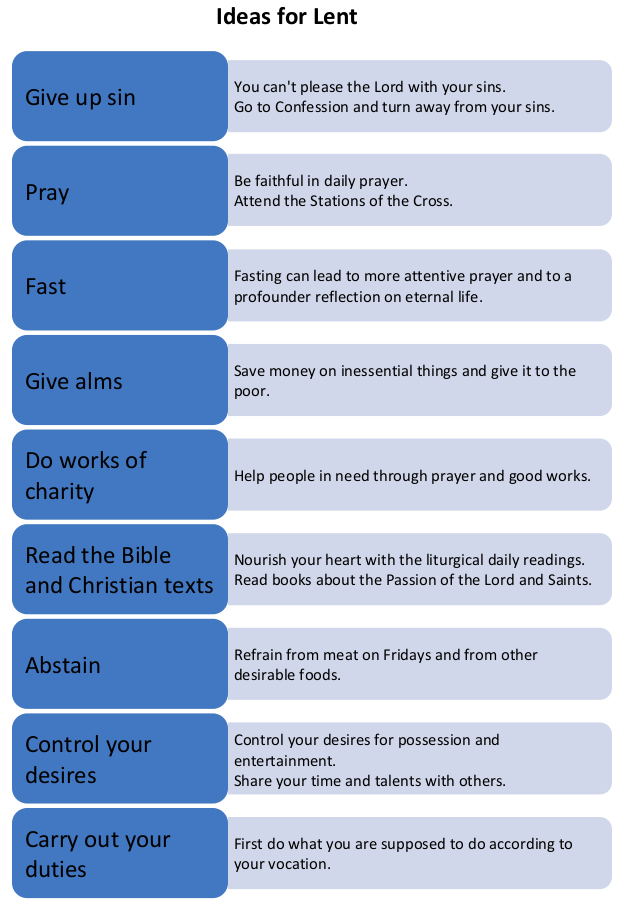“O most Holy Trinity, undivided unity; Holy God, mighty God, God immortal be adored.”
This traditional hymn reminds us of the very mystery of our faith: the belief in the Holy Trinity. Everyday we begin our prayers with the sign of the cross saying the Holy Names of the Father, the Son, and the Holy Spirit. The Church keeps offering prayers to the Father through the Son in the Holy Spirit. St. Ignatius of Loyola in his Spiritual Exercises wrote that the principle and foundation of our faith is one fundamental truth: “Man was created to praise, do reverence and serve God”. Yet, that is impossible unless we come to know God. Religious ignorance makes many people either go astray or reject the faith. This is a serious reason why a solid catechesis is to be in the core of the teaching of the Church. Today’s Solemnity of the Most Holy Trinity encourages us to come closer to the Lord in both ways: by authentic worship and solid knowledge.
This Monday, June 13th, we observe a memorial of Saint Anthony of Padua, Priest and Doctor of the Church. Anthony was born in 1195 in Lisbon, Portugal. He entered the Augustinian community of Canons Regular of the Order of the Holy Cross and was ordained priest. Having been inspirated by some Franciscan friars who had come to Portugal to preach the word of God, he obtained permission from Church authorities and joined a new Franciscan Order. As a Franciscan friar, Anthony became famous for his powerful preaching, expert knowledge of scripture, and undying love and devotion to the poor and the sick. He died in Padua, Italy in 1231 and very soon canonized. Anthony is one of the most known saints throughout the Universal Church and his statues may be found almost everywhere including our church. There are also many stories and legends about St. Anthony.
The Little Flowers of St. Francis of Assisi contains this story about St. Anthony:
“St. Anthony tries preaching to the heretics at Rimini but they refuse to listen. So instead, he goes to the ocean and preaches to the fish. The fish all swim in and assemble with their heads out of the water, intent on learning what St. Anthony has to teach. The people of the city, including the heretics, learn of this and being astounded by the miracle, prostrate themselves at the feet of St. Anthony. He eloquently preaches to them all, strengthens them in faith, comforts them, and they all depart rejoicing.”
St. Anthony of Padua – pray for us!
God bless,
Fr. Peter

